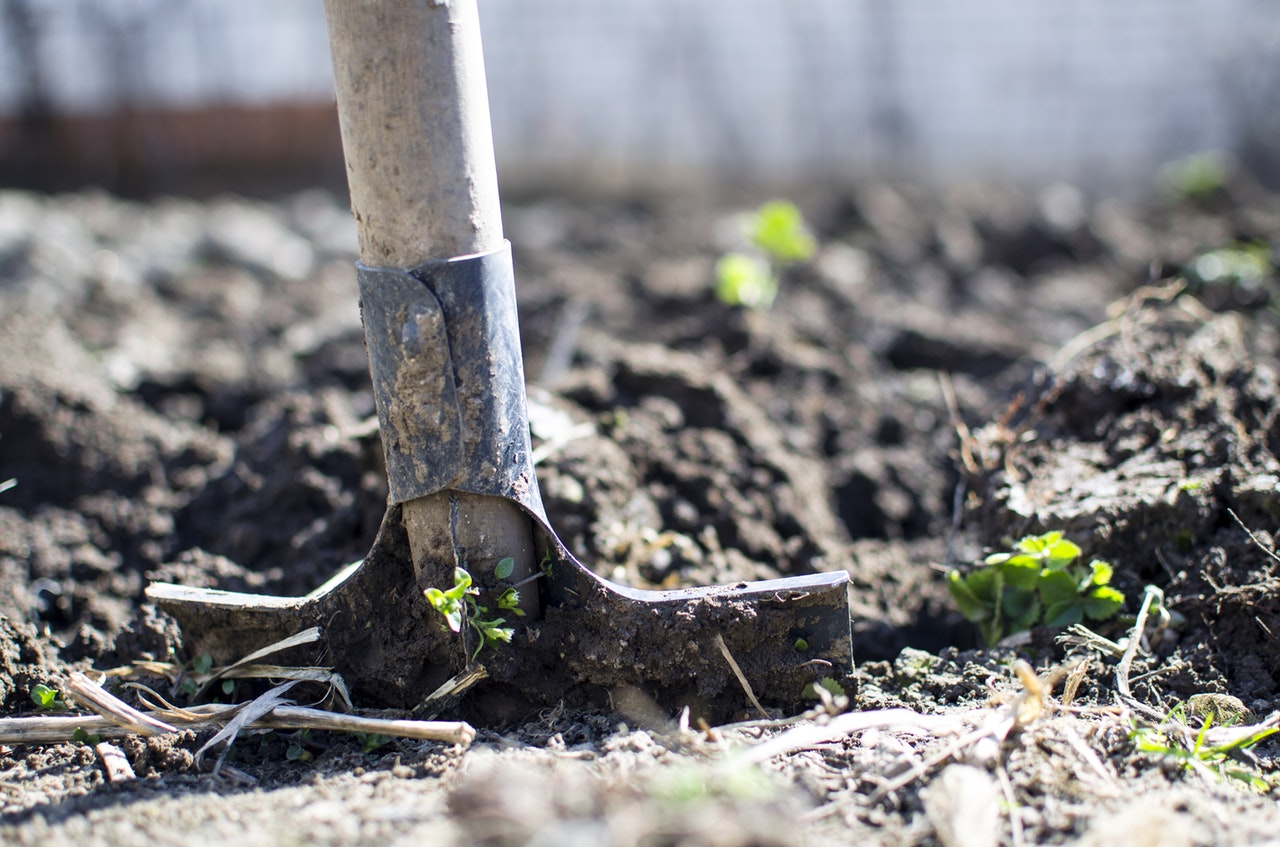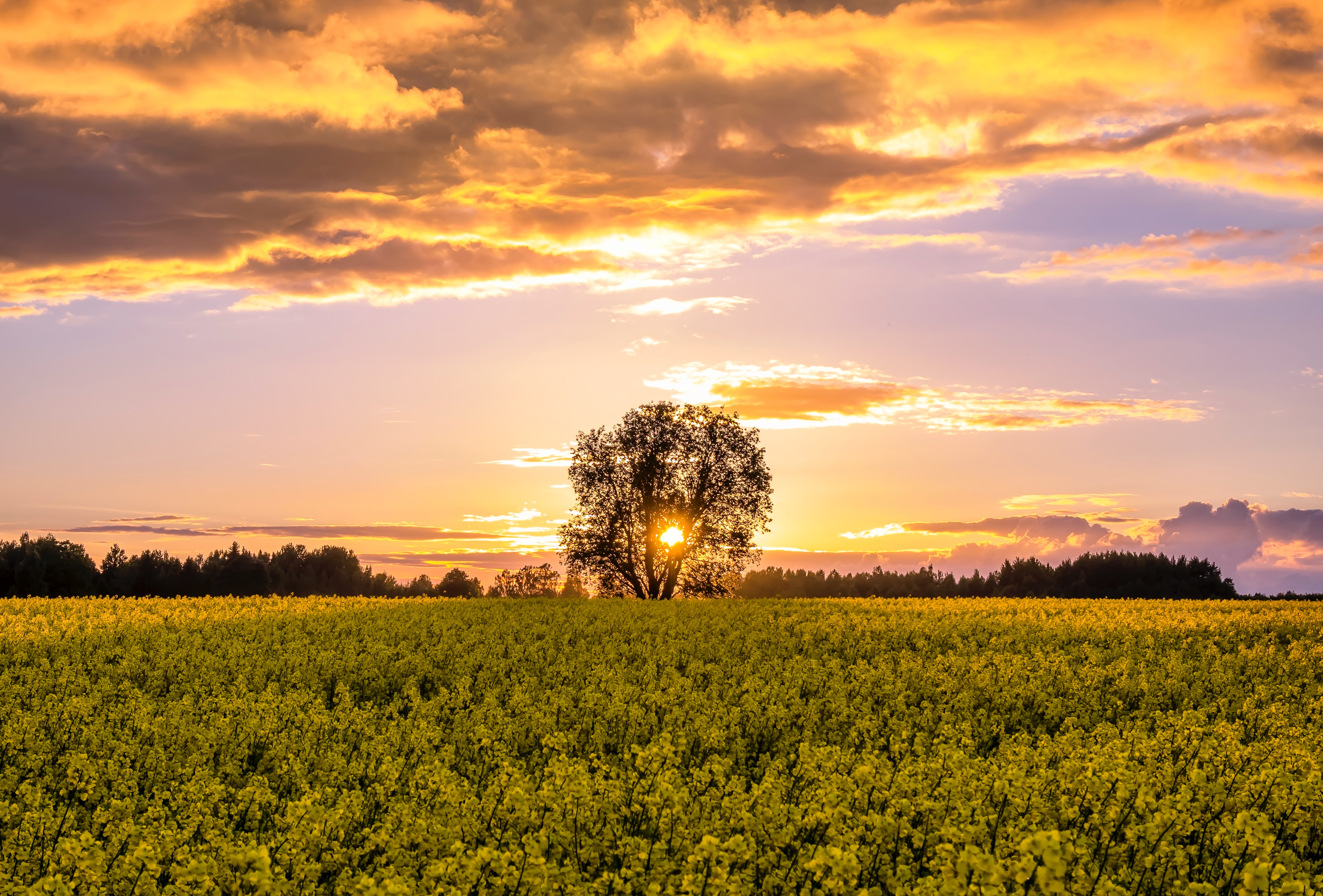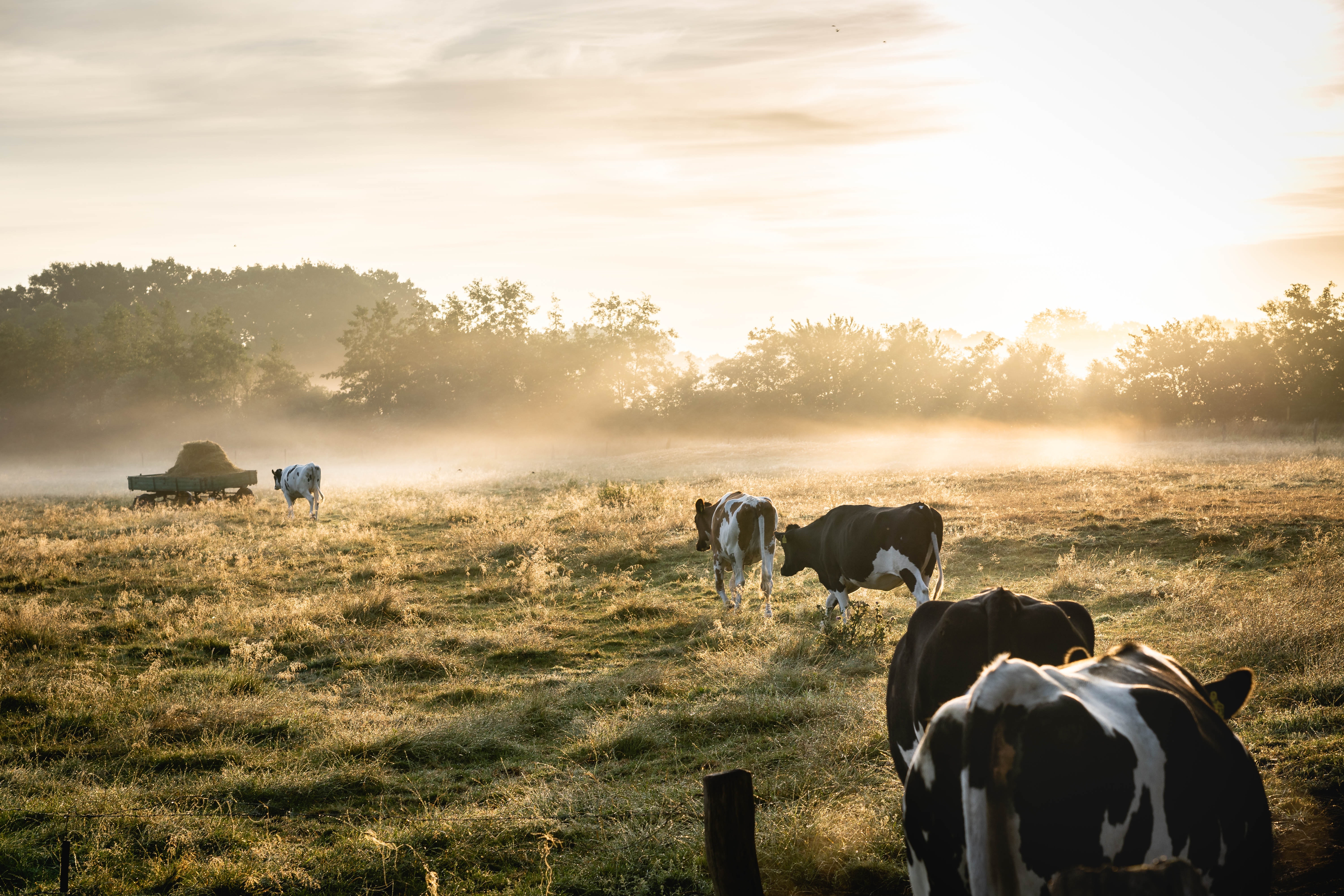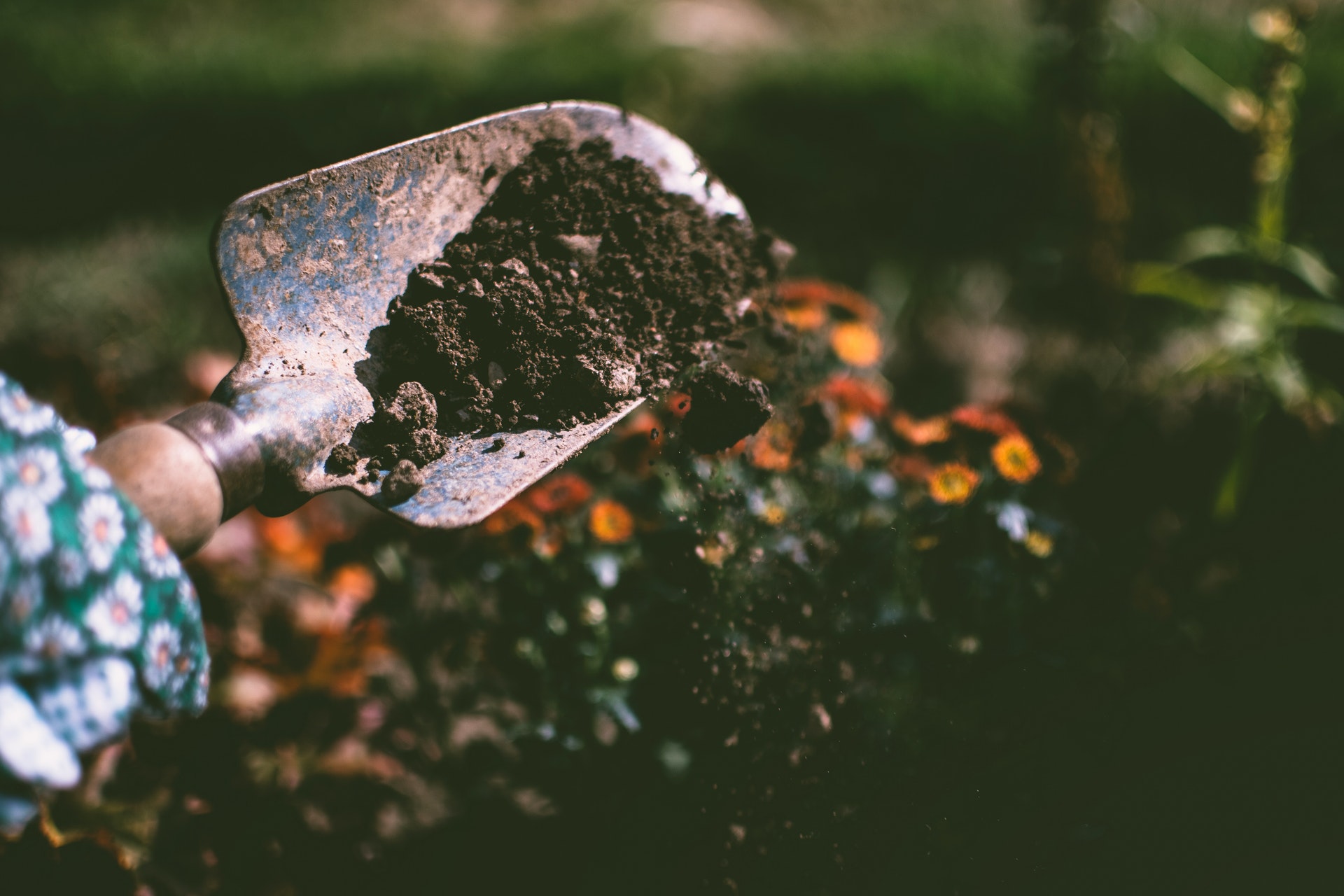To Fix the Climate, We Have to Fix Our Soil
“One of our most important solutions to the global challenge posed by climate change lies right under our feet.” That’s according to Asmeret Asefaw Berhe, a soil biochemist at the University of Merced, and she’s talking about soil, which isn’t acknowledged as a key factor in the fight against climate change.
When it’s healthy, soil is incredibly effective at storing carbon, Berhe said on the stage at TED in Vancouver. Soil stores around 3,000 billion metric tons of carbon, which is double the amount stored in vegetation and in the atmosphere, combined. The ability of natural ecosystems like soil to capture and sequester carbon is essentially bailing us out of experiencing the effects of excessive amounts of CO2 that human activities produce. Around half of the 9.4 billion metric tons of CO2 released into the atmosphere every year are captured in soil, plants, and the ocean, and soil is doing the bulk of that heavy lifting.





